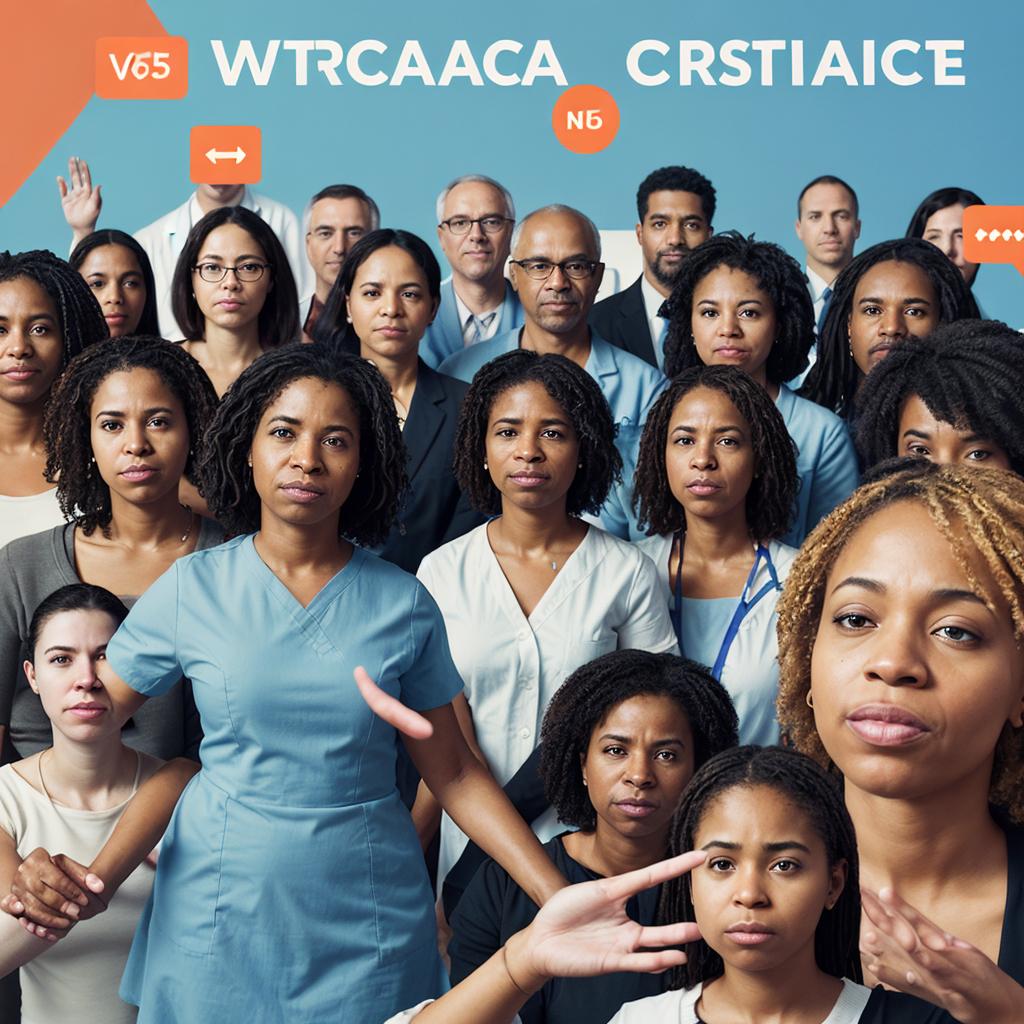Affordable Care Act: Simplicity Amidst Insurance Controversies

Did you know that despite the controversies surrounding the Affordable Care Act (ACA), it offers simplicity amidst the complex world of insurance?
With its key features like the Insurance Marketplace and subsidies, the ACA aims to make insurance more affordable and accessible.
In this article, we will explore how the ACA simplifies the enrollment process and addresses concerns, shedding light on the positive impact it has on insurance affordability.
Key Takeaways
- The Affordable Care Act (ACA) aims to expand access to quality healthcare for all Americans through various measures such as the individual mandate, health insurance marketplaces, and Medicaid expansion.
- Subsidies, including premium tax credits and cost-sharing reductions, play a crucial role in making health insurance more affordable for lower-income individuals and families.
- Efforts to simplify the enrollment process, improve eligibility verification, and enhance online enrollment platforms can increase enrollment rates and ensure more people have access to affordable health insurance coverage.
- The ACA addresses concerns about health insurance premiums by providing subsidies and tax credits based on income, limiting the amount insurance companies can charge older individuals, and ensuring fair and affordable premiums for all age groups. Additionally, the ACA expands Medicaid eligibility, prohibits insurance companies from denying coverage based on pre-existing conditions, and allows young adults to stay on their parents’ insurance until age 26.
Overview of the Affordable Care Act
You’ll learn about the key aspects of the Affordable Care Act in this overview.
The Affordable Care Act, also known as Obamacare, was signed into law in 2010 with the aim of expanding access to quality healthcare for all Americans.
One of the main features of the Act is the individual mandate, which requires most Americans to have health insurance or pay a penalty. This provision was implemented to ensure that younger, healthier individuals contribute to the insurance pool and help offset the costs of providing coverage to those with pre-existing conditions.
Additionally, the Act introduced health insurance marketplaces, where individuals and small businesses can compare and purchase insurance plans. These marketplaces provide a range of options and subsidies to make insurance more affordable for low-income individuals and families.
Another significant aspect of the Act is the expansion of Medicaid, a program that provides healthcare coverage to low-income individuals. The Act expanded eligibility criteria for Medicaid, allowing more people to qualify for coverage.
Key Features of the Insurance Marketplace
In the next section, we’ll explore the key features of the insurance marketplace introduced by the Affordable Care Act, building upon the previous discussion.
The insurance marketplace, also known as the Health Insurance Marketplace or the Exchange, is a crucial component of the Affordable Care Act (ACA). It provides individuals and small businesses with access to affordable health insurance options.
Here are three key features of the insurance marketplace:
- Choice and Competition: The marketplace offers a variety of health insurance plans from different insurance providers. It allows individuals and families to compare and choose the plan that best suits their needs and budget. This increased competition among insurance providers helps drive down costs and ensures that consumers have more options to choose from.
- Premium Tax Credits: One of the most significant features of the marketplace is the availability of premium tax credits. These credits are designed to help lower-income individuals and families afford health insurance. Eligible individuals can receive financial assistance to reduce the cost of their monthly premiums, making coverage more affordable and accessible.
- Essential Health Benefits: All plans offered on the marketplace are required to cover essential health benefits. These benefits include services such as preventive care, prescription drugs, maternity care, mental health services, and more. This ensures that individuals have access to comprehensive coverage and are protected against high out-of-pocket costs.
Impact of Subsidies on Insurance Affordability
Subsidies play a crucial role in making health insurance more affordable for individuals and families. Under the Affordable Care Act (ACA), eligible individuals and families can receive financial assistance in the form of premium tax credits and cost-sharing reductions. These subsidies are designed to help lower-income individuals and families afford health insurance coverage.
Premium tax credits are based on a sliding scale, taking into account income and family size. They help reduce the monthly premium costs for eligible individuals and families who purchase insurance through the Health Insurance Marketplace. Cost-sharing reductions, on the other hand, lower the out-of-pocket costs, such as deductibles, copayments, and coinsurance, for eligible individuals and families who choose a silver-level plan.
By reducing the financial burden of health insurance, subsidies make it more accessible for individuals and families who may not be able to afford coverage otherwise. This is especially important for those with lower incomes, who are more likely to struggle with the cost of health insurance.
Transitioning into the subsequent section about simplifying the enrollment process, it’s important to ensure that individuals and families are aware of the subsidies available to them. Simplifying the enrollment process can help streamline access to these subsidies, making it easier for individuals and families to take advantage of the affordability they offer.
Simplifying the Enrollment Process
To simplify the enrollment process and ensure individuals and families can easily access the subsidies available to them, it’s important to streamline the application and eligibility verification procedures. By implementing the following measures, the enrollment process can be made more efficient and user-friendly:
- Simplify the application form: The current application form for health insurance coverage is lengthy and complex, causing confusion and discouraging people from enrolling. By redesigning the form to be more concise and user-friendly, individuals will find it easier to navigate and complete.
- Improve eligibility verification: The process of verifying eligibility for subsidies can be time-consuming and burdensome. Implementing technology solutions, such as automated data matching with federal databases, can help expedite the verification process and reduce errors.
- Enhance online enrollment platforms: Many individuals prefer to enroll in health insurance online, but the current platforms can be difficult to navigate. By improving the user interface and making it more intuitive, individuals will be more likely to complete the enrollment process online.
By implementing these changes, the enrollment process can be simplified, allowing individuals and families to easily access the subsidies available to them. This will ultimately help increase enrollment rates and ensure that more people have access to affordable health insurance coverage.
Transitioning to the next section, it’s important to address the concerns and controversies surrounding the ACA to fully understand its impact on the healthcare system.
Addressing Concerns and Controversies Surrounding the ACA
One concern surrounding the ACA is the cost of health insurance premiums. Many individuals worry that the implementation of the ACA would lead to an increase in premiums, making healthcare unaffordable for some. However, it is important to consider that the ACA also provides subsidies and tax credits to help individuals and families afford coverage. These subsidies are based on income and can significantly lower the cost of premiums.
To illustrate the impact of subsidies on premiums, consider the following table:
| Income Level | Average Monthly Premium Without Subsidies | Average Monthly Premium With Subsidies |
|---|---|---|
| $15,000 | $400 | $100 |
| $30,000 | $600 | $200 |
| $45,000 | $800 | $300 |
| $60,000 | $1,000 | $400 |
As shown in the table, individuals with lower incomes receive larger subsidies, resulting in significantly lower monthly premiums. This helps ensure that healthcare remains affordable for those who need it the most.
It is also important to note that the ACA includes provisions to limit the amount insurance companies can charge older individuals. This helps prevent age-based discrimination and ensures that premiums are fair and affordable for all age groups.
While concerns about the cost of health insurance premiums exist, the ACA has implemented measures to address these concerns and make healthcare more accessible and affordable for all Americans.
Frequently Asked Questions
What Are the Penalties for Not Enrolling in an Insurance Plan Under the Affordable Care Act?
If you don’t enroll in an insurance plan under the Affordable Care Act, you may face penalties. These penalties can vary depending on factors like income and the duration of being uninsured.
How Does the Affordable Care Act Affect Small Businesses and Their Employees?
The Affordable Care Act affects small businesses and their employees by requiring businesses with 50 or more full-time employees to provide health insurance. It also offers tax credits to help smaller businesses afford coverage.
Can Individuals With Pre-Existing Conditions Still Be Denied Coverage Under the Aca?
Yes, individuals with pre-existing conditions cannot be denied coverage under the ACA. This provision ensures that people with health issues can still access insurance, providing them with much-needed protection and peace of mind.
What Options Are Available for Individuals Who Cannot Afford Insurance Even With Subsidies?
If you cannot afford insurance even with subsidies, you may be eligible for Medicaid, a government-funded program that provides healthcare coverage for low-income individuals. Medicaid eligibility varies by state, so check your state’s requirements.
Are There Any Changes to the Affordable Care Act That Individuals Should Be Aware of in the Near Future?
You should be aware of potential changes to the Affordable Care Act in the near future. Stay informed and keep an eye out for updates that could impact your healthcare coverage.



